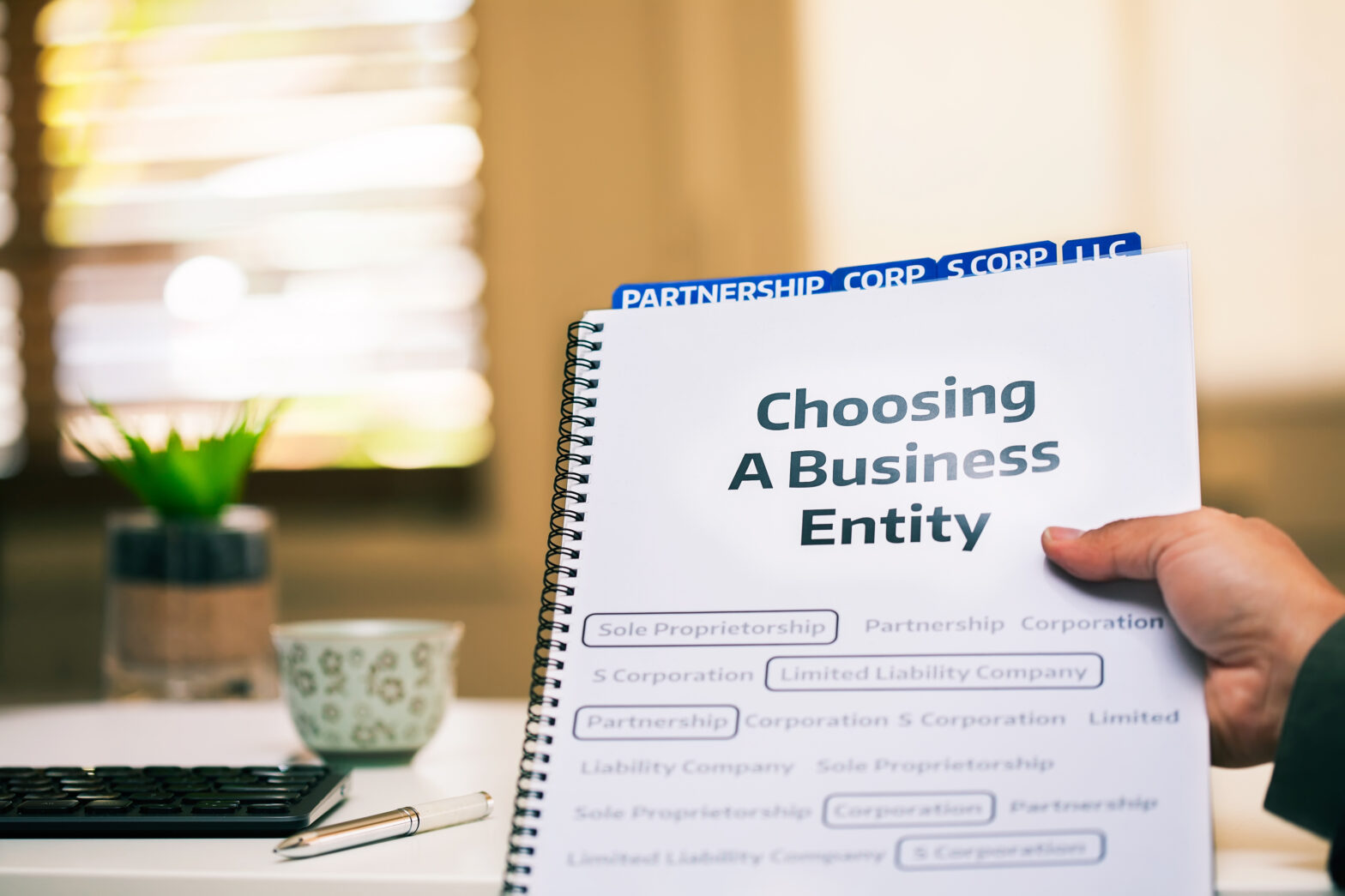When starting a business, there are many factors to consider. In the following guide, we will explore the different structures of business ownership, highlighting the pros and cons of each so you can decide which is best for your new start-up.
Sole traders
A common direction for many small start-ups, a sole trader business can only have one owner. While a sole trader can employ staff, the owner is solely responsible for the business and its debts, whether it succeeds or fails.
Sole traders are often small businesses to begin with. The owner has full control of the decisions made, which can mean a lot of additional work. However, the owner also retains all the profits without being required to share them with anybody else. The sole trader does not have to disclose financial information concerning the business to the public.
However, a sole trader has unlimited liability — meaning they are personally liable for any business debts and for any breaches of contract or law which may occur in the operation of the business.
When it comes to hiring employees, there are many things sole traders must take into consideration, which can be a major barrier for those looking to expand. Employment law can be complex and should be approached with help from a legal professional.
Sole traders with employees should set up some form of PAYE payroll system, which will allow them to manage income tax and national insurance. Furthermore, they should consider what legal obligations they have in terms of making pension contributions for the benefit of their employees, which may require professional advice.
Before a sole trader can conduct business, they must register for self-assessment with HMRC. Additionally, if the business (and, by definition, the owner) turns over more than £85,000 per year, the sole trader must register for VAT.
See also: Should you register as a sole trader or a limited company?
Partnerships
A partnership business may consist of between two and 20 business owners who share the responsibilities of the business jointly. Partnerships face many issues like those faced by sole traders.
A sole trader may be a confident salesperson but concerned about their lack of knowledge of employment law or finance. In a partnership, one person may handle finances, leaving others to direct their attention to other areas of the business.
Profits are split between the partners in an agreed percentage. The best way to do this is by drawing up a written partnership agreement that each partner is happy with. This may become vitally important should there be disagreements later down the line and seeking assistance from a business law professional when creating such a document is highly advised.
Before starting operations, the partnership must first be registered with HMRC, and for VAT if the revenue exceeds £85,000 per year. Taxes are to be paid individually by each partner based on their share of the profits.
All partners are responsible for the funding of the business. Like sole traders, each partner has unlimited liability for the debts of the partnership, irrespective of whether that partner had any responsibility for the creation of the debt.
Limited company
A limited company is run by its directors and owned by its shareholders. The company itself is a legal person and sanctions for breach of the law or breach of contract are taken against it rather than against the shareholders or directors personally.
The shareholders can keep their personal assets and finances separate from the company, so if any legal action is taken against the company, those assets will not be lost.
Companies pay corporation tax on income and chargeable gains. Shareholders of the company may receive dividends (upon which they will pay income tax) after this corporation tax has been deducted from the company’s profits.
The company must make more information available to the public than either a sole trader or a partnership, requiring regular reporting of various aspects of the business. This may give customers and suppliers greater confidence in dealing with the company than with a sole trader or partnership.
See also: Navigating business expenses as a limited company
Limited Liability Partnerships (LLP)
An LLP is a hybrid of the standard partnership structure and the limited company structure.
LLPs share advantages of both partnerships and limited companies. Partners in the LLP have limited liability.
Like private companies, LLPs must also disclose their finances to the public, and accounts must be submitted to Companies House.
Each partner must register with HMRC individually and declare themselves as self-employed, submitting personal self-assessment tax returns yearly. Taxation is paid individually by each partner, and the profits cannot be retained by the LLP untaxed.
Other structures
While the previous options are the most common business structures, there are others that may be more specific to what your business requires. These include:
- Community Interest Companies (CICs) – aids people or communities. Must work towards social, charity or community-based goals.
- Co-operatives – owned and controlled by its members, for the benefit of those members. Members can co-own a co-op if they are customers, employees, residents or suppliers who deal directly with the business.
There are many different reasons for registering your business with a specific structure, and every business owner’s needs may be different. It is therefore important to consider every aspect of your business requirements before choosing the structure that you wish to adopt.
Stephen Newman is head of corporate at Ramsdens Solicitors








